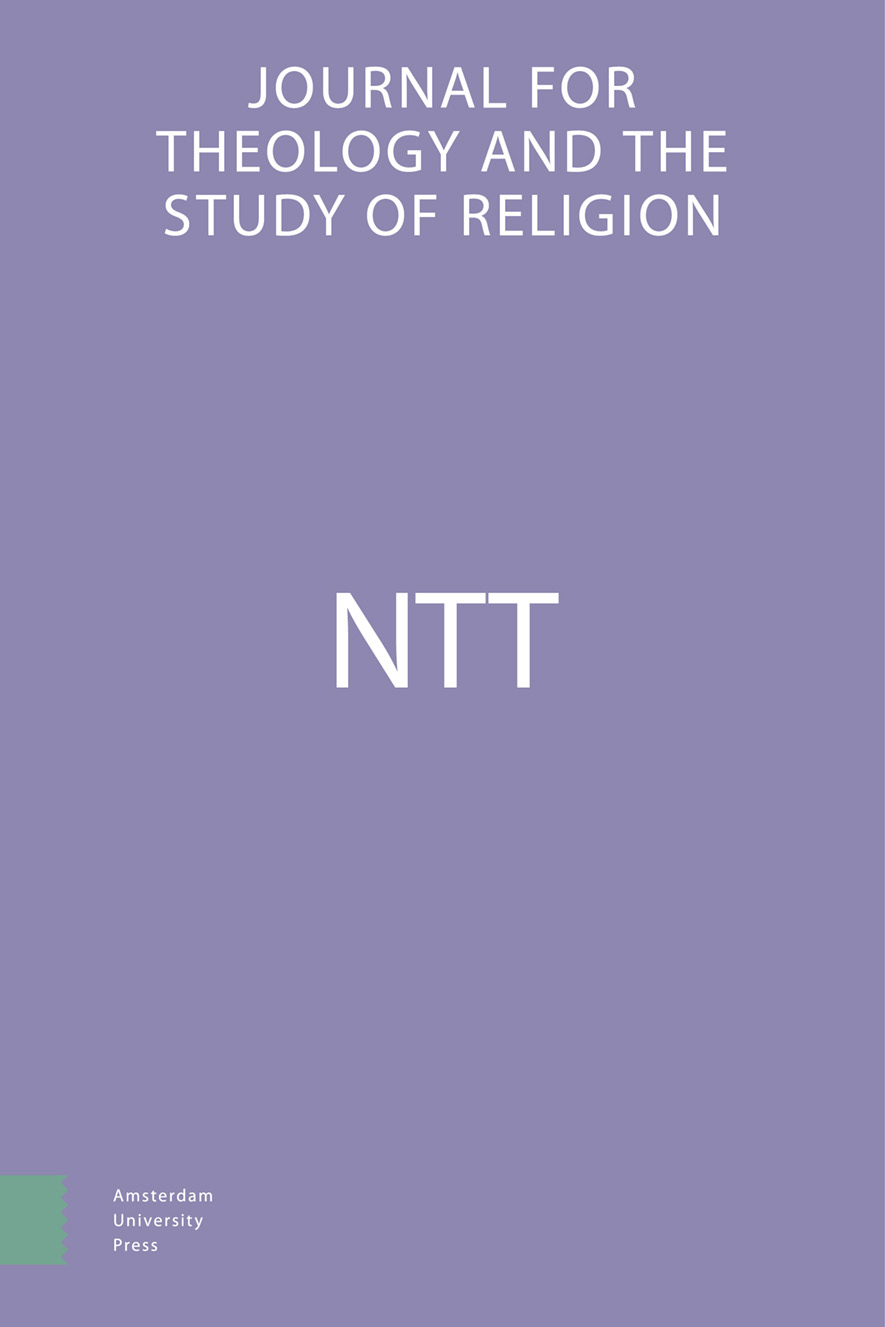
Full text loading...
We use cookies to track usage and preferences.I Understand

Omina as a Divine message to People: Observations on îåôú and τέρας (LXX and Aquila)
Both the Septuagint and Aquila consistently translate מופת (“miraculous sign / sign of terror”) by the term τέρας. Given the broad semantic spectrum of ופת,, this concordant translation practice is surprising. This article first examines the ambivalence of τέρας in extra-biblical literature as well as in the Septuagint. It then asks whether the notion of τέρας might inspire a more precise understanding of מופת. The article pays particular attention to those passages where מופת is understood as a human being representing a divine message, both as a person and through his action. This line of thought is extended as far as to specify an understanding of Jesus of Nazareth.

Article metrics loading...

Full text loading...
References


